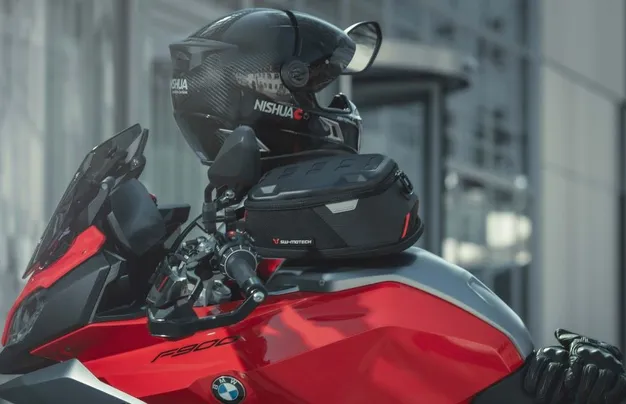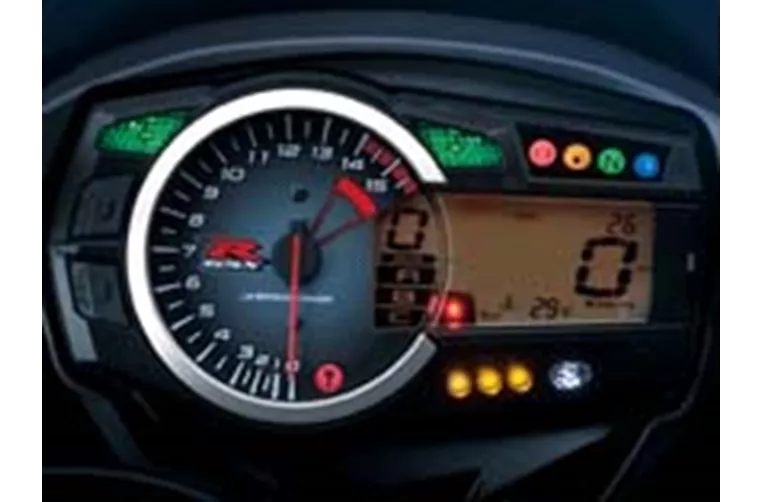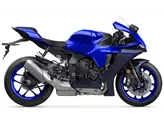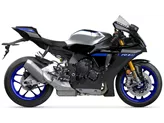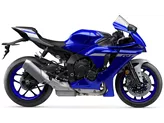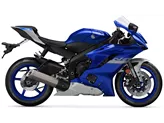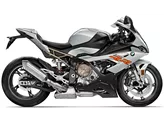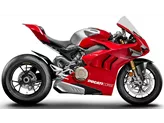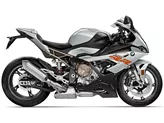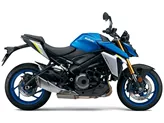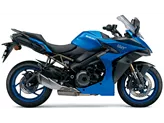Yamaha R1M 2019 vs. Suzuki GSX-R 1000 2009
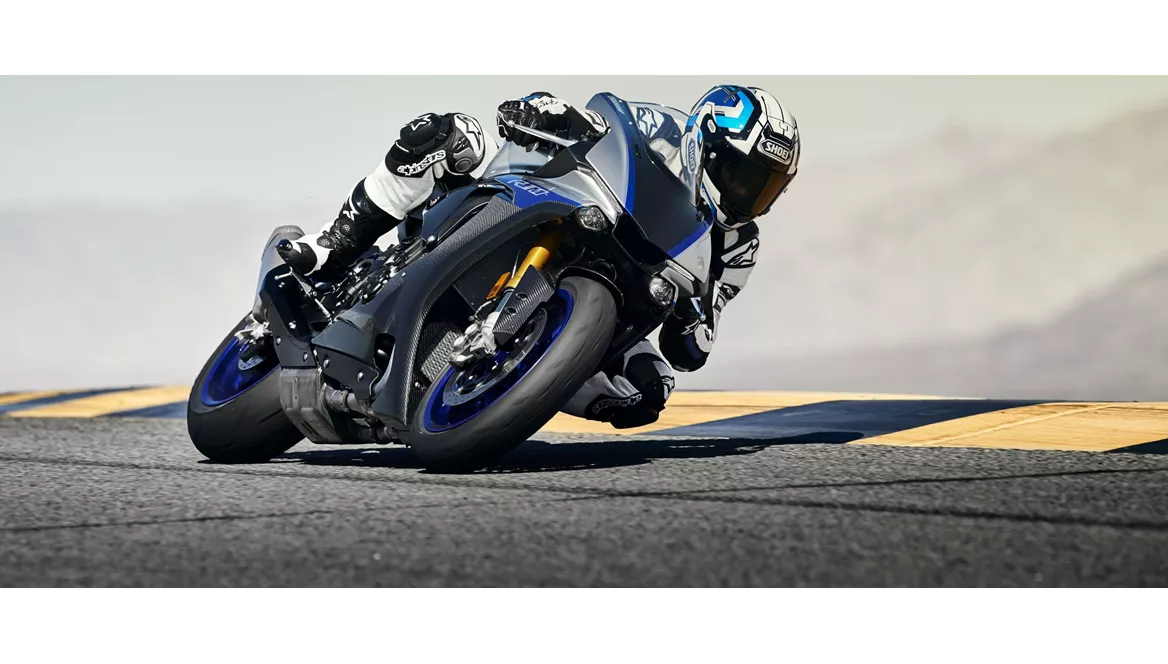
Yamaha R1M 2019
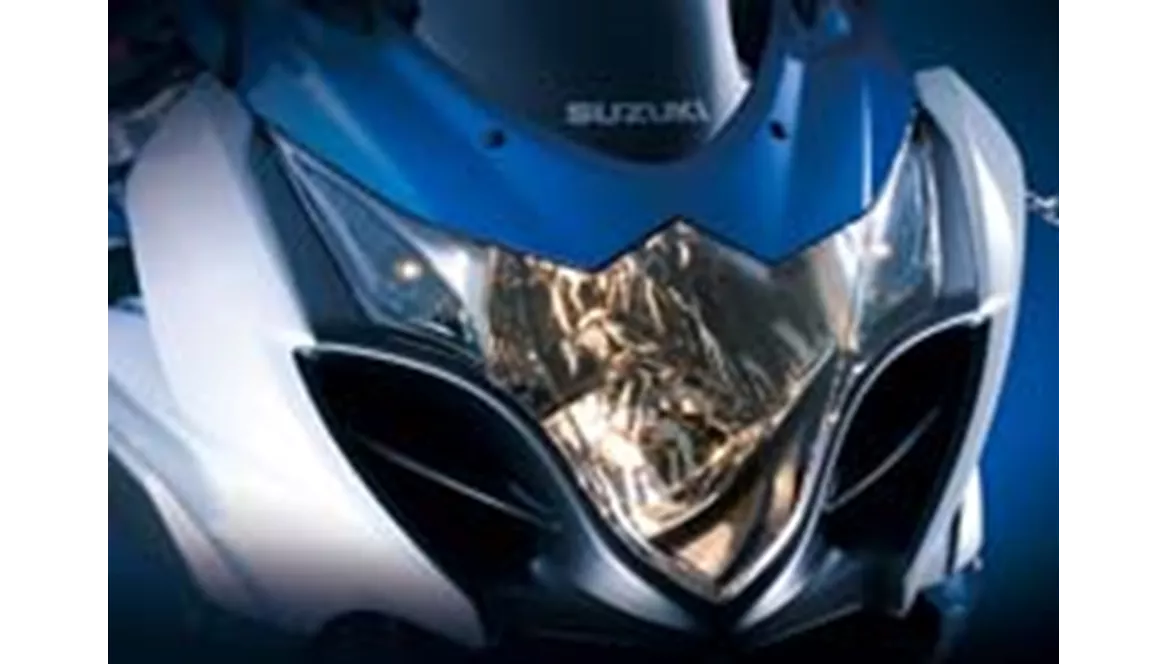
Suzuki GSX-R 1000 2009
Vue d’ensemble - Yamaha R1M 2019 vs Suzuki GSX-R 1000 2009
The Yamaha R1M 2019 and the Suzuki GSX-R 1000 2009 are both supersport motorcycles that offer high performance and advanced features. However, there are notable differences between the two models.
In terms of engine specifications, the Yamaha R1M 2019 has a larger bore and stroke compared to the Suzuki GSX-R 1000 2009. This results in a higher engine power of 200 HP for the Yamaha R1M, while the Suzuki GSX-R 1000 has a power output of 136 HP. The Yamaha R1M also has a higher torque of 112.4 Nm compared to the 116.7 Nm of the Suzuki GSX-R 1000. Additionally, the Yamaha R1M has a higher compression ratio of 13, indicating better performance potential.
Both motorcycles have four cylinders and utilize DOHC valve systems. The Yamaha R1M has a slightly larger displacement of 998 ccm, while the Suzuki GSX-R 1000 has a displacement of 999 ccm.
In terms of suspension, the Yamaha R1M 2019 is equipped with Öhlins suspension both at the front and rear, while the Suzuki GSX-R 1000 2009 uses Showa suspension. Öhlins is known for its high-quality suspension systems, providing excellent handling and control.

Yamaha R1M 2019
Both motorcycles feature aluminum frames, which offer lightweight and rigid construction. However, the Yamaha R1M has a Deltabox frame, while the Suzuki GSX-R 1000 has a Twin-Spar frame. The choice of frame design can affect the handling characteristics of the motorcycle.
Both motorcycles have double disk brakes at the front, providing strong and reliable stopping power.
In terms of dimensions and weights, both motorcycles have the same front tire width of 120 mm and front tire diameter of 17 inches. However, the Yamaha R1M has a wider rear tire of 200 mm compared to the 190 mm rear tire of the Suzuki GSX-R 1000. Both motorcycles have the same rear tire diameter of 17 inches. They also share the same wheelbase of 1405 mm.

Suzuki GSX-R 1000 2009
There are slight differences in seat height and fuel tank capacity. The Yamaha R1M has a higher seat height of 855 mm compared to the 810 mm seat height of the Suzuki GSX-R 1000. The fuel tank capacity of the Yamaha R1M is 17 liters, while the Suzuki GSX-R 1000 has a slightly larger capacity of 17.5 liters.
In terms of strengths, the Yamaha R1M 2019 offers a powerful engine, clean throttle response, and electronic Öhlins suspension. These features make it an ideal choice for racing, especially when paired with slick tires. On the other hand, the Suzuki GSX-R 1000 2009 boasts improved geometry, a compact engine design, and a relaxed seating position. It also has a system with multiple height adjustments and an anti-hopping clutch.
However, there are also weaknesses to consider. The Yamaha R1M 2019 has an ABS system that is not 100% satisfactory, which may be a concern for some riders. The Suzuki GSX-R 1000 2009, on the other hand, has suboptimal accessibility of the compression adjustment and is weak in the lower rev range. It is also not recommended for beginners due to its high performance capabilities.
In conclusion, the Yamaha R1M 2019 and the Suzuki GSX-R 1000 2009 are both impressive supersport motorcycles with their own unique strengths and weaknesses. The Yamaha R1M offers a more powerful engine and advanced electronic suspension, while the Suzuki GSX-R 1000 has improved geometry and a more relaxed seating position. Ultimately, the choice between the two will depend on the rider's preferences and intended use of the motorcycle.
Caractéristiques techniques Yamaha R1M 2019 par rapport à Suzuki GSX-R 1000 2009
Avantages et inconvénients en comparaison
Avantages et inconvénients en comparaison
Yamaha R1M 2019

La Yamaha YZF-R1M reprend l'excellente base de la R1 'normale' et se transforme, grâce au châssis électronique Öhlins et à des incitations visuelles, en une excellente moto de piste bien adaptée aux courses sérieuses. Seul le système ABS réagit trop prudemment, ce qui a provoqué plusieurs ralentissements.
Suzuki GSX-R 1000 2009
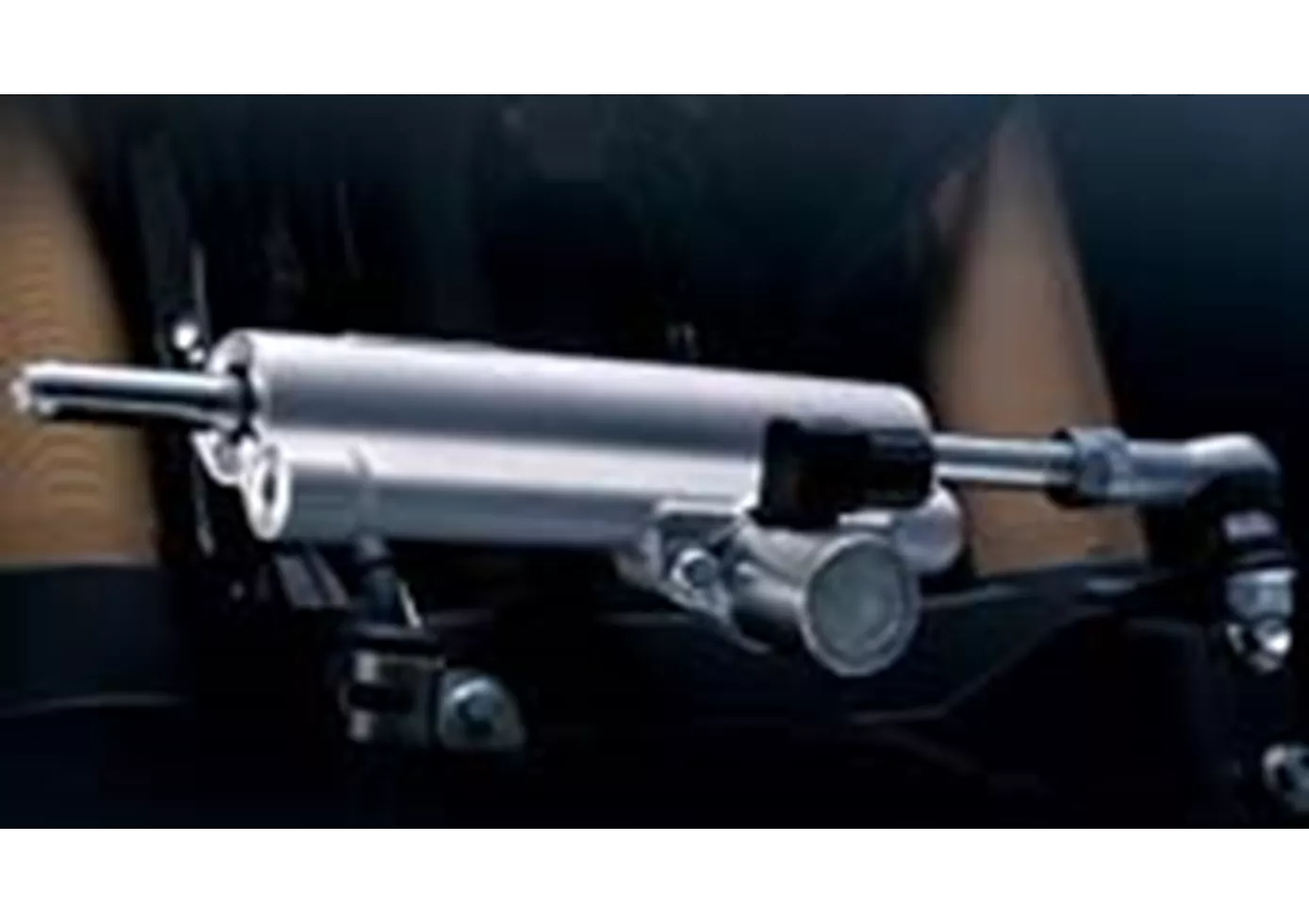
Malgré une conduite précise et équilibrée et un déploiement de puissance maîtrisé, la GSX-R 1000 reste réservée aux pilotes expérimentés. Suzuki sait qu'un millier doit rester un millier et s'y tient strictement. Espérons qu'elle pourra le faire encore longtemps.
Comparaison des prix Prix moyen du marché Yamaha R1M vs Suzuki GSX-R 1000
There are a few key differences between a Yamaha R1M 2019 and a Suzuki GSX-R 1000 2009. It takes less time to sell a Yamaha R1M with 51 days compared to 64 days for a Suzuki GSX-R 1000. Since model year 2015 1000PS.de editors have written 26 reviews for the Yamaha R1M and 71 reviews for the Suzuki GSX-R 1000 since model year 2005. The first review for the Yamaha R1M was published on 12/3/2014 and now has more than 9,700 views. This compares to more than 7,100 views for the first review on Suzuki GSX-R 1000 published on 3/3/2004.
